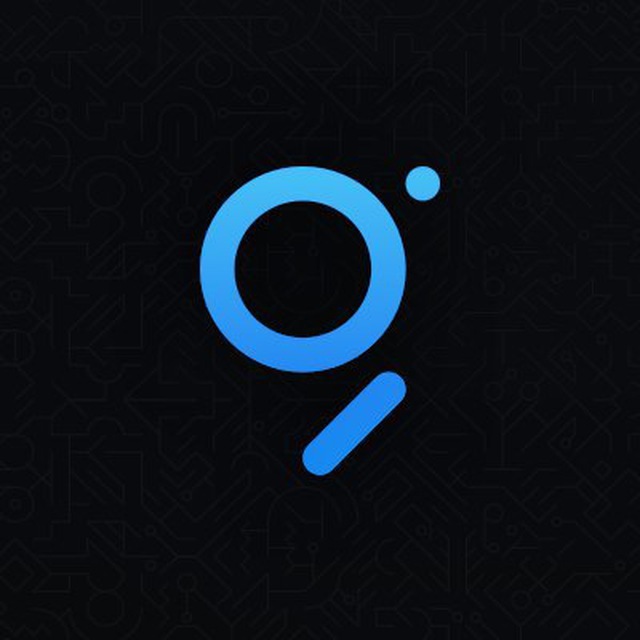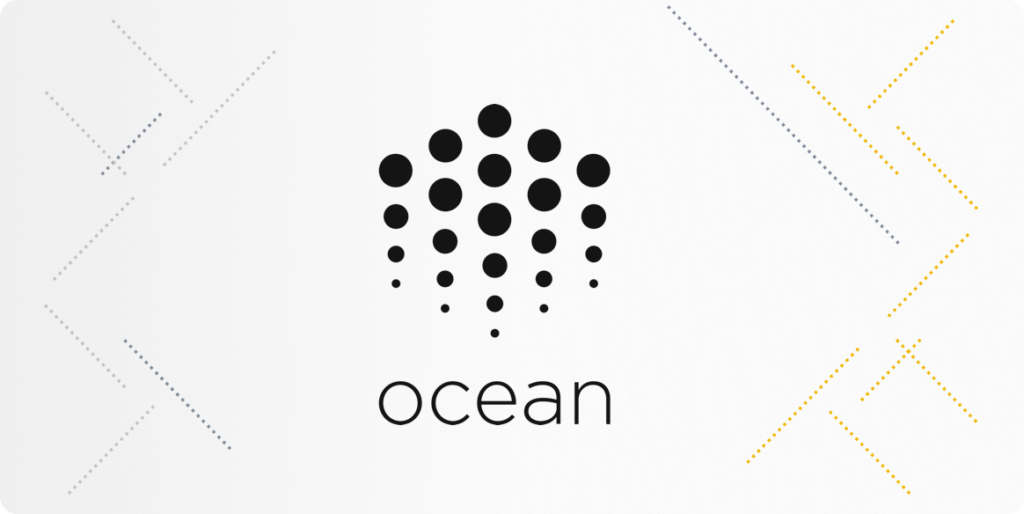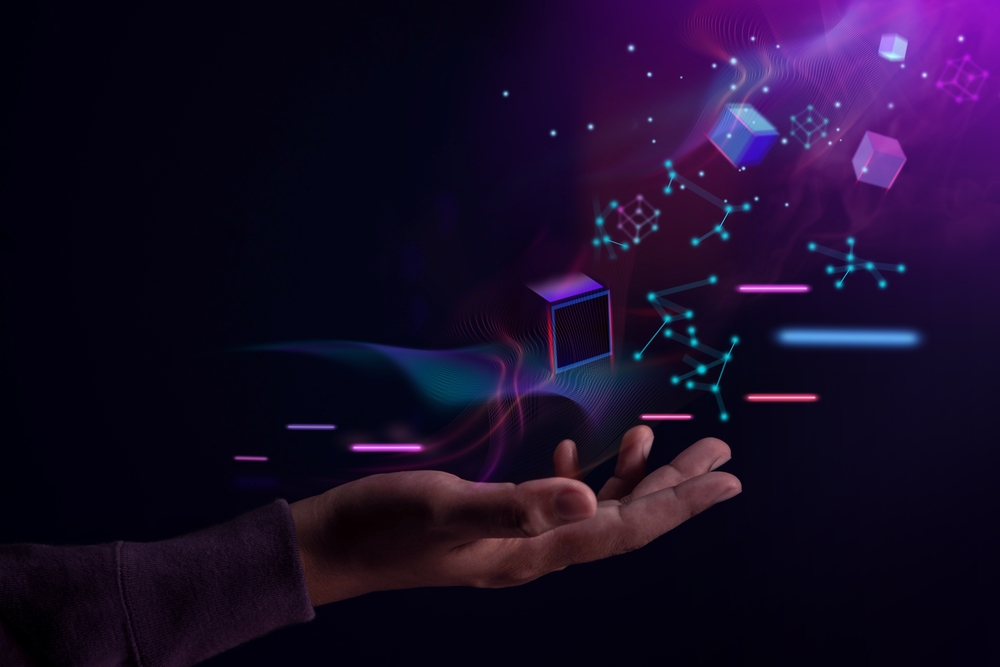The complex integration of AI and blockchain, the technology underpinning cryptocurrencies, is enabling secure, decentralized AI applications.
Dubbed “AI crypto,” the integration of AI and cryptocurrency leverages AI and machine learning to enhance the functionality of both technologies.
The blockchain AI market is now well-formed, valued at $230.10 million in 2021 and projected to grow to $980.70 million in 2030, representing a CAGR of 24.06%.
Some AI crypto projects support decentralized technologies that use blockchain to maintain immutable records of interactions within networks. Decentralized artificial intelligence (DAI) uses blockchains to distribute, process, and store data across a network of nodes.
With DAI, users can benefit from AI insights and analytics without surrendering their sensitive information to centralized companies. Blockchain’s distributed ledgers facilitate the distribution of pre-built machine learning (ML) models to user devices.
These devices can then act autonomously, performing AI inference tasks locally, either independently or as part of a coordinated network.
The core components of DAI, as explained by AI researcher Professor Longbing Cao, encompass a wide spectrum of elements, including AI platforms or decentralized apps (dApps), blockchain-distributed ledgers, smart contracts, federated learning, and homomorphic encryption technologies.
These components work harmoniously to create a decentralized ecosystem where users, devices, and agents collaborate seamlessly. DAI is forecast to support the future of open-source AI, where machine learning applications and workloads aren’t hosted on a singular network, and service providers can exchange tokens for AI-related assets.
However, mixing these technologies in practice requires the very cutting-edge of expertise in both fields, which is a tall order.
As Mrinal Manohar, CEO of Casper Labs, described, “There’s a sense of, ‘Let’s throw a little blockchain fairy dust on it, and it gets better.’ That’s not really how stuff works.”
Or, in Jeff Wilser from Coindesk’s words, the concept as trying to “combine chocolate and peanut butter” – appealing but ambiguous.
There are also technical challenges in fusing AI and blockchain infrastructure and architecture.
As Trent McConaghy, founder of Ocean Protocol, an open-source protocol that enables users to exchange and monetize data and data-based services on top of the Ethereum blockchain, points out, creating a functional and scalable decentralized technology is not trivial: “It needs to be decentralized. It needs to be at scale, not just some shiny toy technology. Decentralized tech at scale is hard.”
Here are some examples of how crypto technology and AI combine:
Intelligent automation meets an immutable ledger
AI’s learning, decision-making, and predictive abilities can be integrated with blockchain’s transparent, secure, and immutable ledger.
For example, AI algorithms can analyze blockchain transactions for anomalies, significantly enhancing fraud detection and prevention capabilities. This could also extend to the data utilized to train models; as Wilser notes, “Any AI model is only as good as its data.”
Blockchain tech could theoretically audit data for copyright infringement, bias, or inaccuracies and keep an immutable, transparent record of its findings.
Democratizing access to data and AI
Blockchain’s decentralized structure facilitates a more democratic approach to data sharing and an AI service marketplace. It enables secure data sharing, which is critical for training AI models while maintaining user privacy and data integrity.
For instance, the project Gensyn rewards infrastructure providers with a token in a centralized service aiming to break down computer power siloes.
“You don’t just have one big data center,” says co-founder Ben Fielding. “Now you have every data center on the planet.”
Smart contracts
Smart contracts, which are self-executing contracts with agreement terms embedded in code, can be transformed by AI.
AI algorithms can automate and optimize contract execution, predict potential issues, and enhance the effectiveness and efficiency of contract management.
AI can also facilitate dynamic contract terms that adapt to changing conditions, making smart contracts more flexible and responsive to real-world scenarios.
Example of AI crypto projects in 2023/2024
There are many ambitious projects combining AI and blockchain technology.
Here are some intriguing projects to keep an eye on now in the future:
The Graph
The Graph is an open-source and decentralized indexing protocol for blockchain data, primarily focused on organizing and making blockchain data easily accessible using GraphQL.
Initially launched on the Ethereum blockchain, The Graph’s primary function is to allow developers to efficiently use relevant data to enhance decentralized applications (dapps). It uses subgraphs as open APIs to organize and serve blockchain data.

SingularityNET
SingularityNET is a decentralized AI marketplace that operates on the blockchain, using AGIX as its utility token for transactions and decentralized community governance. The platform enables developers to publish AI services to the SingularityNET network, accessible to anyone with an internet connection.
It aims to democratize AI by allowing users to build, share, and monetize AI services and applications.
Launched in 2017 on the Cardano network, SingularityNET bridges AI with blockchain technology, incentivizing participants and expanding access to valuable AI data.
Render Token
The Render Network uses blockchain technology for decentralized GPU cloud rendering across industries like film, TV, and architecture. It employs the Render Token (RNDR), an ERC-20 compatible utility token, for animation, motion graphics, and VFX rendering on its distributed network.
The network connects ‘Node Operators’ (GPU owners) with ‘Creators’ (those needing rendering work), with job details and costs encoded into smart contracts on the RNDR network.

Fetch.ai
Fetch.ai aims to create a decentralized network of autonomous agents capable of communication, collaboration, and learning using AI and machine learning.
Founded in 2017, this blockchain-based project leverages AI and machine learning to create a decentralized digital world where software agents perform economic work.
The platform operates on a blockchain environment that supports the creation of agents acting on behalf of individuals, organizations, devices, and services.
Fetch.ai’s blockchain is based on the Cosmos-SDK and utilizes advanced cryptography and machine learning logic on-chain.
Oasis Network
The Oasis Network is a privacy-focused, scalable Layer 1 blockchain platform designed for open finance and a responsible data economy. The network leverages secure and private data-sharing and control through confidential smart contracts.
Its native token, ROSE, is used for staking, delegation, and paying network transaction fees.

Injective Protocol
Injective Protocol is an open, interoperable, smart contracts-enabled blockchain optimized for decentralized finance (DeFi) applications.
INJ, its native token, is a deflationary asset powering the Injective ecosystem. This ecosystem includes decentralized spot and derivatives exchanges, prediction markets, and lending protocols.
The platform provides plug-and-play modules for financial applications, enabling developers to launch finance applications quickly. Major crypto platform Binance incubated Injective, and it received backing from several prominent investors.
Ocean Protocol
Ocean Protocol is a decentralized data exchange protocol designed to unlock data for AI use. It utilizes blockchain technology to create a secure and decentralized data-sharing platform.
Built on the Ethereum blockchain, Ocean Protocol uses ‘datatokens’ to gate access to datasets, allowing businesses and individuals to exchange and monetize data while ensuring privacy.
Coupled with Data NFTs, the protocol enables users to leverage machine learning and AI without relocating their assets.

ChainGPT
Launched in April 2023, ChainGPT utilizes blockchain technology to power a suite of AI solutions. This includes a chatbot, NFT generator, smart contract generator, and more.
The ChainGPT AI Chatbot is a conversational AI-powered assistant specifically designed for blockchain technology and cryptocurrency.
It assists users with a range of tasks, such as creating no-code smart contracts, conducting market analysis, and trading.
The platform aims to democratize access to blockchain technology and AI, with custom AI models at its core that provide various services like generating code, auditing smart contracts, and analyzing charts.
DexCheck
DexCheck is a platform providing AI-enhanced analytics and tracking for cryptocurrencies, including BRC-20 tokens. It offers AI-powered on-chain analytics and Telegram bots for crypto trading, enhancing the DeFi insights for traders.
The platform is developing innovative AI-powered features to enhance the crypto trading experience, including charting, smart money tracking, token analytics, and tracking top crypto and NFT traders.
DexCheck fuses real-time data for market analysis, asset appraisal, and predictive modeling, equipping crypto and NFT traders with AI-powered insights.
GT Protocol
The GT Protocol operates as a Web3 AI execution technology, offering an integrated conversational AI interface for streamlined access to CeFi, DeFi, and NFT cryptocurrency markets.
The protocol features profitable strategies with controllable risk levels and transparent histories of every deal.
GT Protocol simplifies the crypto investment process for users without technical knowledge or special expertise, making cryptocurrency investment accessible to a broader audience.
The intersection of AI and blockchain is undoubtedly filled with promise and challenges, hosting a variety of projects that sit at the cutting edge of both fields.
While AI-crypto developments have enduring potential, particularly with the rise of open-source AI technology, the road ahead is complex, and real-world applications will become more prevalent with time.
As the industry evolves, witnessing how these two powerful technologies synergize to reshape our digital world will be very fascinating indeed.

